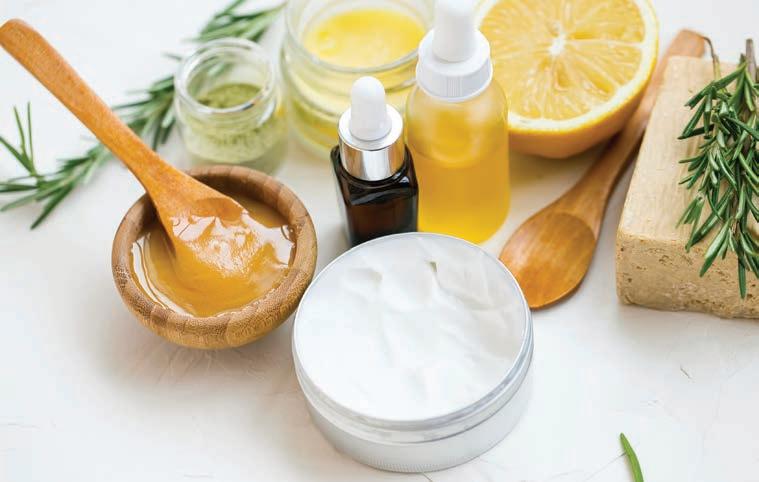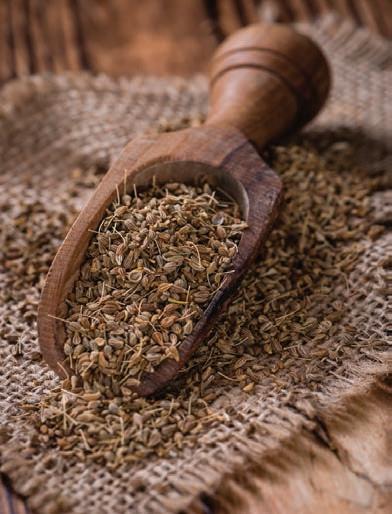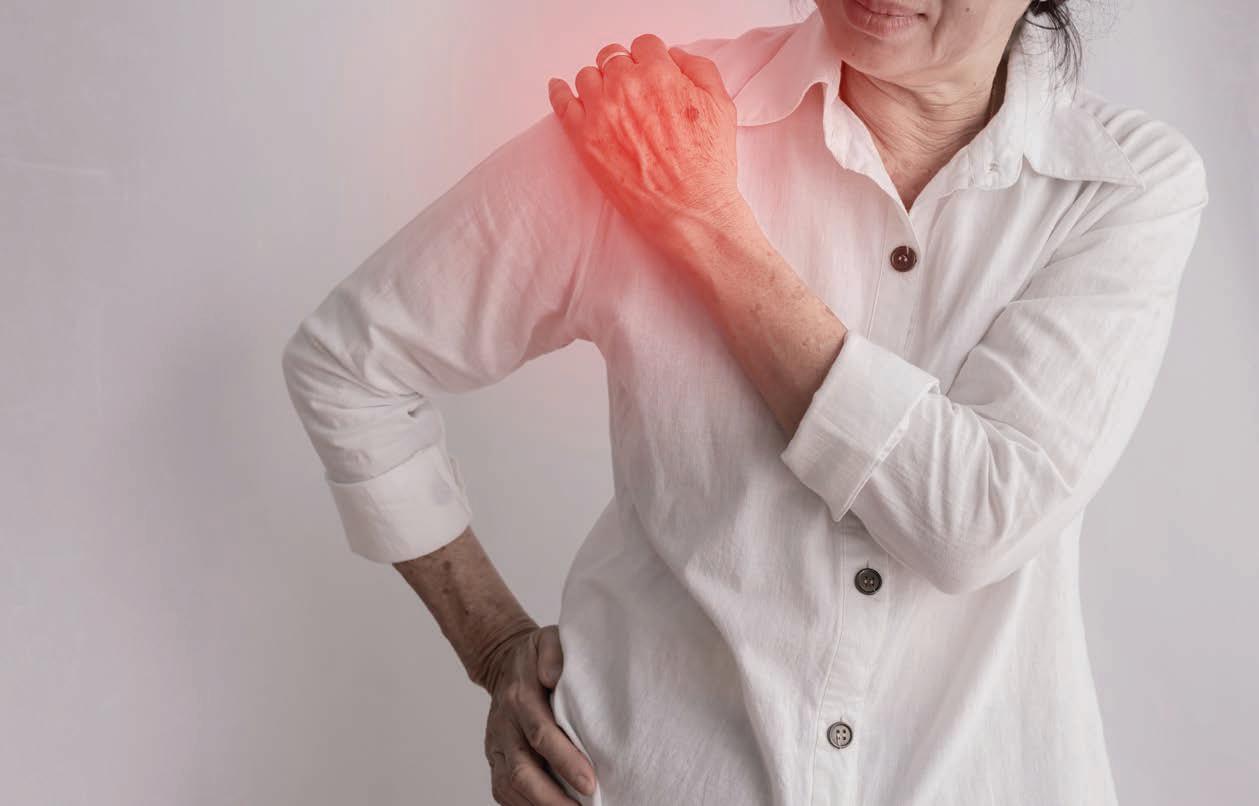
11 minute read
FEATURE
AS YOU AGE Pain TIPS FOR MANAGING
If you have suffered from pain for several months or longer, you are among the millions of Americans with a condition known as chronic pain. Despite decades of research, chronic pain remains complex and difficult to treat. Chronic pain can be so debilitating that it disrupts daily activities, such as eating and sleeping, causes anxiety and depression, and compromises quality of life. Since chronic pain grows more prevalent with age, seniors and the elderly are especially at risk. Nearly 50 million Americans have chronic pain, according to the American Pain Foundation.
Advertisement
Sometimes the pain is caused by a specific injury or surgical incision that has long since healed, other times there may be no apparent reason for the pain. However, many cases of chronic pain are related to these 7 conditions: Low back pain, arthritis (especially osteoarthritis), headache, multiple sclerosis, fibromyalgia, shingles, and nerve damage.
The good news is that chronic pain can be managed successfully. There are a variety of treatments available. Some treatments come in the form of prescription medicines that you can get from your doctor, others can be found over-the-counter. And then there are some treatments that don’t involve pharmaceuticals at all. PRESCRIPTION MEDICINES
There are four main types of prescription pain relievers used to treat pain, including:
Corticosteroids. Treat swelling, redness, itching, and allergic reactions; may be prescribed for allergies, asthma, or arthritis.
Opioids (Narcotics). Treat acute pain such as short-term pain after surgery.
Antidepressants. Treat chronic headaches like migraines.
Anticonvulsants. Treat nerve painrelated conditions like fibromyalgia and peripheral neuropathy. OVER-THE-COUNTER MEDICINES
Some common over-the-counter medicines that can provide relief from your pain include:
Acetaminophen (Tylenol). Relieves fever and aches; recommended for arthritis pain.
Nonsteroidal anti-inflammatory drugs (NSAIDs). Include aspirin, naproxen, and ibuprofen; treat the pain, inflammation, and swelling related to rheumatoid arthritis.
As people age, they are at risk for developing more serious side effects from medication. Due to this risk, it is important to take exactly the amount of pain medicine your doctor prescribes.
Also, mixing any pain medication with alcohol or other drugs, such as tranquilizers, can be dangerous. Make sure your doctor knows all the medicines you take, including prescription drugs, over-the-counter drugs and herbal supplements, as well as the amount of alcohol you drink. NON-PHARMACEUTICAL TREATMENTS FOR PAIN
In addition to drugs, it may take both medicine and other treatments to feel better. There are a variety of complementary and alternative approaches that may provide relief from pain, such as:
Acupuncture. Uses hair-thin needles to stimulate specific points on the body to relieve pain.
Biofeedback. Helps you learn to control your heart rate, blood pressure and muscle tension. This may help reduce your pain and stress level.
Electrical nerve stimulation. Uses electrical impulses in order to relieve pain.
Massage therapy. Can release tension in tight muscles.
Physical therapy. Uses a variety of techniques to help manage everyday activities with less pain and teaches you ways to improve flexibility and strength. HELPING YOURSELF
If you're living with chronic pain, you want to do everything you can to help your body, not hinder it. Aside from medications, there are other things you can do yourself that might help you feel better, including. • Eating a well-balanced diet. • Maintaining a healthy weight. • Keeping moving. • Getting enough sleep. • Joining a pain support group. • Seeing a pain specialist. • Avoiding tobacco, caffeine, and alcohol, which can get in the way of treatment and increase pain. KEEPING A PAIN JOURNAL.
Overall, knowing and understanding the medications you are taking, what they can do for you, and their side effects, plus educating yourself about other treatment options is your goal to helping you have a normal mood and activity level and work towards managing your pain. Most important is to be proactive and discuss all options with your physician. Be proactive, ask questions and look for answers.
If you or a loved one are suffering from chronic pain and want to learn more, contact Angels Care Home Health today for more information about its Pain Management Program, community education classes or to discuss the benefits of home health service with the office closest to you, visit angelscarehealth.com.

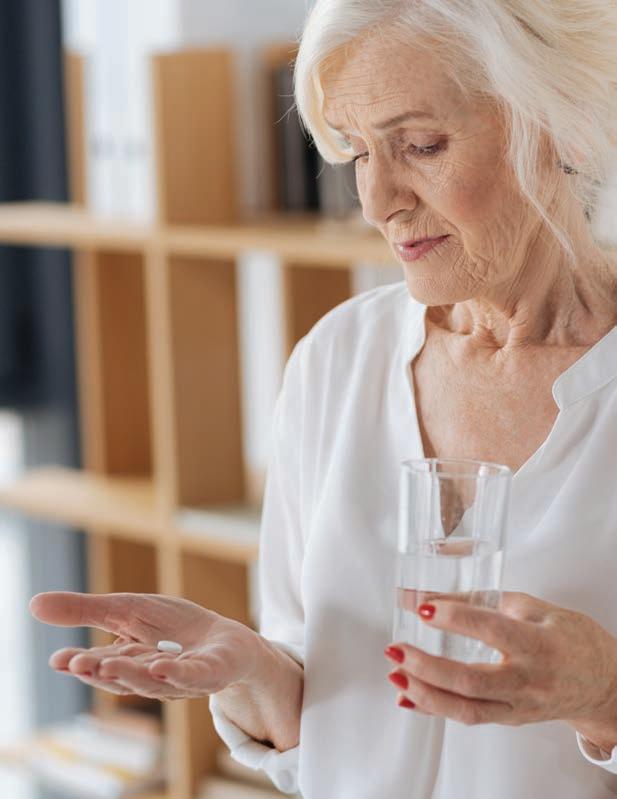

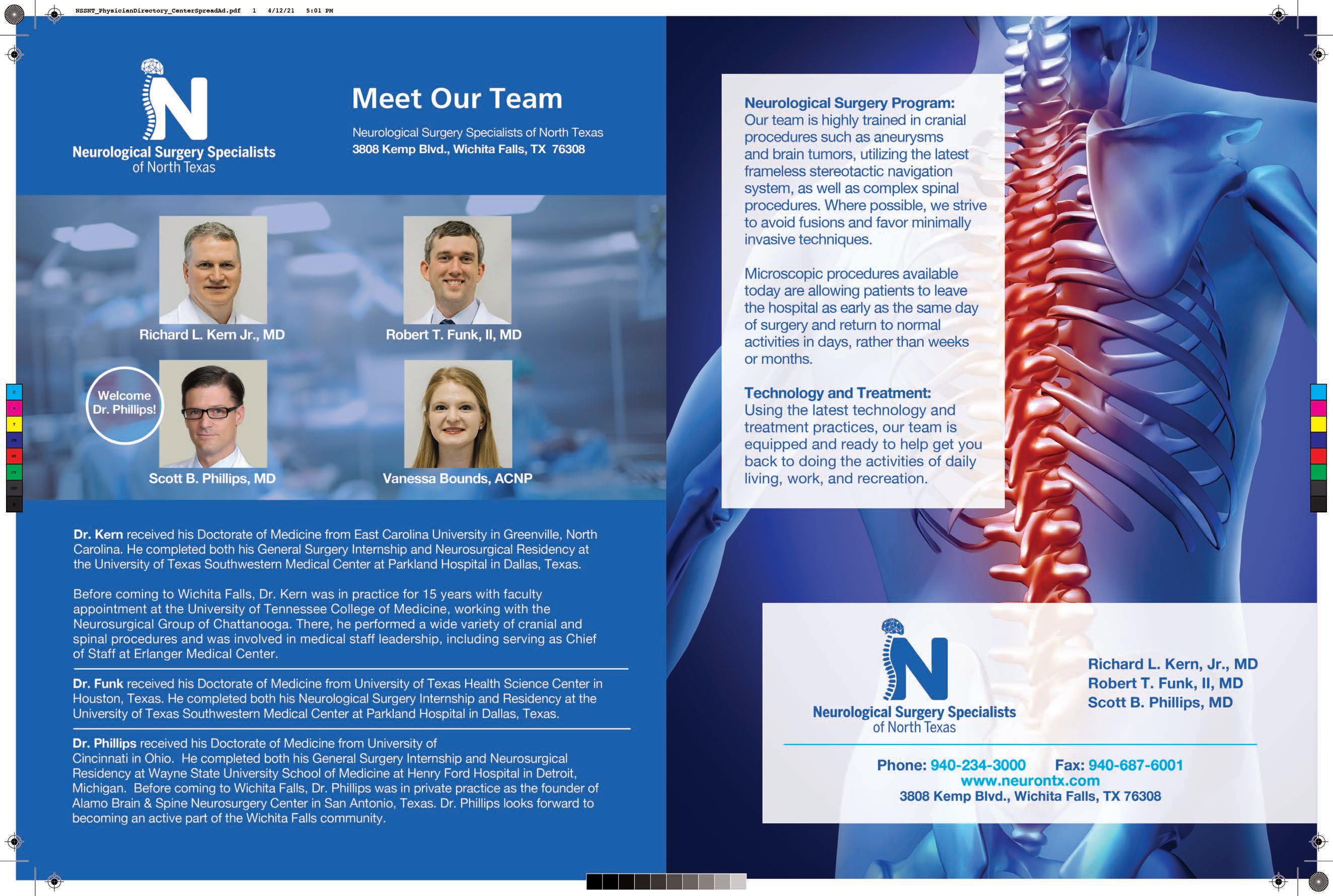


Inspired by her own set of challenges including step-parenting, chronic health issues, a family member with cancer and a midlife wrestle with her career, Warren changed direction to maneuver joyfully in a “wild world.” The
Boston area resident successfully integrated a finance degree and a career in high tech with a master’s in clinical and integrative nutrition. With an emphasis on biochemistry, functional medicine and herbalism, Warren is nationally recognized as a healing facilitator specializing in weight loss, digestive health, endocrine balance, immune function and nutritional support. “I'm a change agent,” Warren said in a vibrant, joyful tone. “I help people be healthier and happier on a journey to wholeness. A journey that explores the difference between the mind and the brain, the power to develop healthy habits and ultimately live each day in more health and joy.” Warren’s recently published book,
“Wild World, Joyful Heart: Unlock
Your Power to Create Health and Joy,” offers insight to a scientific, logical and inspiring approach to health, mindfulness and empowerment while including entertaining and inspiring glimpses of her personal journey. The mother of four is quick to point out, however, that her book is not about marketing her services, but instead something she felt pulled to do. “I write in the introduction that the book is something I wish I had when I was 26, and I really mean that,” she said. Her midlife journey is founded on curiosity paired with her passion for the human organism and planet Earth.
“There is no one thing that's most important to me because I'm an almost pathologically curious person,” she said, laughing. “That’s why I delve deeply into various areas of study and investigation. Right now, for example, I am knee-deep in what is called an Organic
Acids Profile, a functional medicine test that, especially when combined with genetic testing, can support highly specific nutritional guidance.”
Despite her ongoing quest to learn and try something new, Warren holds fast to following one thread. "What is it that can help us be our most healthy, joyful self while we are being very careful stewards of our planet and of our race–of our species?” she continually asks.
“Right now we are talking about healthy living, which is my passion, but I'm curious about everything,” she said, explaining that it was the pursuit of “why?” that spurred her midlife change from a finance and sales career to a wellness focus. Finding Patrick Quillin’s book, “Beating Cancer with Nutrition,” at age 30, she was intrigued with the concept that “we are physically building our bodies with food. That was my ‘whoa‘ moment and I knew that wellness work was what I wanted to do.”
Today, Warren frequently reminds clients about the food/body connection. “We're building 300 million new cells a minute, and we build them with food, oxygen and water. We're always getting enough oxygen and water, or we wouldn't be here. So a good area to start our well-being journey is with food, right? And still, the primary goal is always body-mind-spirit wellness, even as we discuss nutrition."
“I can tell you in three sentences what my focus is,” she said. “The first is that the body is a self-organizing system that's hard-wired for healing. Number two is that our mind is either the bridge or the barrier to everything we want. The mind lies at the center of everything because—we make food
choices with our mind; we build relationships with our mind; we work with our mind. Everything's with our mind, right? So it can be either the bridge or the barrier, depending on how we use it. Third, what matters most is who we are as we move through this world. How fully are we expressing our spirit?”
Warren points to statistics showing that 97 percent of diets fail within two years. “If I told you that I had one great airline you could fly on, but 97 percent of the time its planes crash, you would never choose that airline,” she said. “Yet people fork out their hard-earned money over and over to lose weight, only to gain it back again, and some even gain more weight. They’re left with a feeling of inadequacy. They feel that there’s something wrong with them, so it erodes the very fortitude they need to help them get healthier.”
The work Warren does is different. “One of the things I hear most commonly from clients after I work with them is ‘I've learned to trust myself.’ That's a very big deal in the area of mindset. I bet if we stood on a street corner and interviewed 100 people walking by and said, ‘Hey, which is better for you, broccoli or a Ring Ding?’ everybody would know, right? Everybody knows that broccoli is better for you. Educating people on which food is better and saying, "You should eat that all the time," is not helpful, because they already know broccoli is better, but they're not going to eat it all the time. My approach is: Let's find out why you do emotional eating. Let's talk about what happens when you get home from work. Let's talk about what happens when something goes wrong in your life and how you relate to food. What is it that you're trying to comfort inside yourself that feels bad or hurts or that kind of thing? We start to shift and evolve the relationship with food and the belief systems. If you say, ‘I'm not good enough. I can't do the diet. I can never lose weight. Other people can be healthy and I

BRING A JOYFUL HEART
INTO A WILD WORLD
By Patricia Danflous

FORGET ABOUT MIDLIFE CRISIS AND OPEN YOUR EYES TO MIDLIFE AWAKENING. FOLLOW LAURIE WARREN’S EXAMPLE TO APPROACH LIFE WITH CURIOSITY, HUMILITY AND AN OPEN MIND. YOU WILL FIND A KEY THAT UNLOCKS A DOORWAY TO HEALTH AND JOY.
AUTHOR, HOLISTIC WELL-BEING SPECIALIST, MEDIA PERSONALITY, SPEAKER AND WORKFORCE WELLNESS CONSULTANT, WARREN PRESENTS AN INNOVATIVE PATH TO USING THE MIND AS AN EMPOWERING BRIDGE FOR BODY, MIND AND SPIRIT WELL-BEING.
Learn more about finding health, joy and happiness with an occasional Ring Ding in "Wild World, Joyful Heart" or visit www. lauriewarren.com.
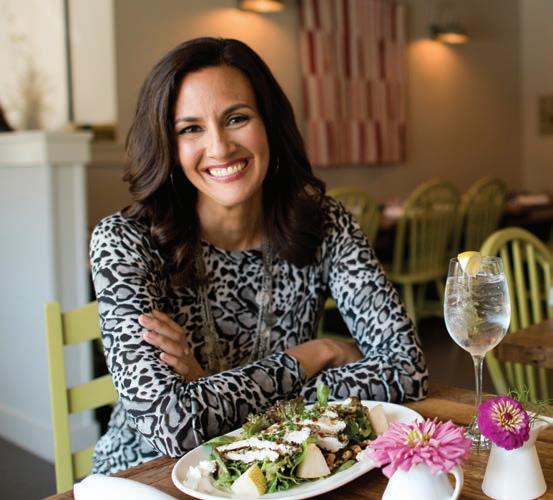
can't.’ Epigenetics teaches us that all 50 trillion cells in your body are listening to that mindset. You're actually just creating what you're trying to get rid of, with your thoughts.”
“What I am working to do with people is to create a food lifestyle—emphasis on lifestyle—that is sustainable and, very importantly, enjoyable.”
Warren sticks to the classic 80-20 rule. “It’s 80 percent of the time, eat nutrient-dense food that supports and builds healthy 300-million-a-minute cells,” she explained. “Then 20 percent of the time, have the beer, have the pizza, have a piece of cake. Because if it's too restrictive, then it's a diet and not a lifestyle; it absolutely is not real-life and not sustainable.”
Warren also guides individuals in transitioning from a Victim Mindset in today’s wild world to the Creator Mindset. “It’s typical to talk about having no time to exercise or prepare healthy food,” she said. “I focus on the words people use because every cell in their body's listening; their mind is acting as a barrier. I encourage them to use their mind as a bridge by saying, ‘I actually do have about three hours a day that I kind of just screw around on social media, talk on the phone and eat Ring Dings. How can I be more in charge of my life and use just 45 minutes of that time to support my well-being? The beautiful thing is that when people get a little bit of a win it feeds their wanting to do more for themselves and feel better.”
Change your mind, change your experience and you can unlock the power to create health and joy.
CHOCOLATE PEANUT BUTTER BANANAS
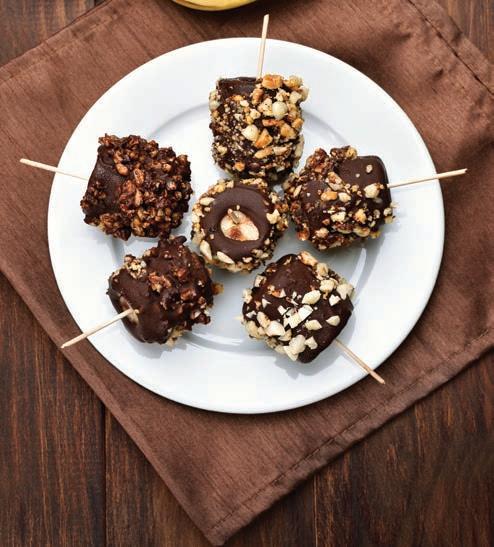
Simple desserts are the best kind of desserts. This simple recipe is also .minimally processed and healthy. It is kid-friendly and can be created a variety of ways.
INGREDIENTS 4 large bananas 1/3 cup peanut butter 1/2 cup melted chocolate 1/2 cup crushed peanuts or nut of choice 12 wooden skewers or lollipop sticks
DIRECTIONS Slice bananas into slices about 1 inch thick. Spread peanut butter onto a slice and sandwich two slices together. Stick one wooden stick in each sandwiched banana. Place on wax paper on a cookie sheet and freeze until solid, at least an hour. Melt chocolate in microwave* and remove frozen banana bites from freezer. Dip each banana pop in chocolate, roll in peanuts if desired and place back on wax paper. Freeze for another hour. Transfer and keep in an airtight container in the freezer for up to 2 weeks. * Melting chocolate in a microwave–use 50% power and stir every 30 seconds until completely melted.

